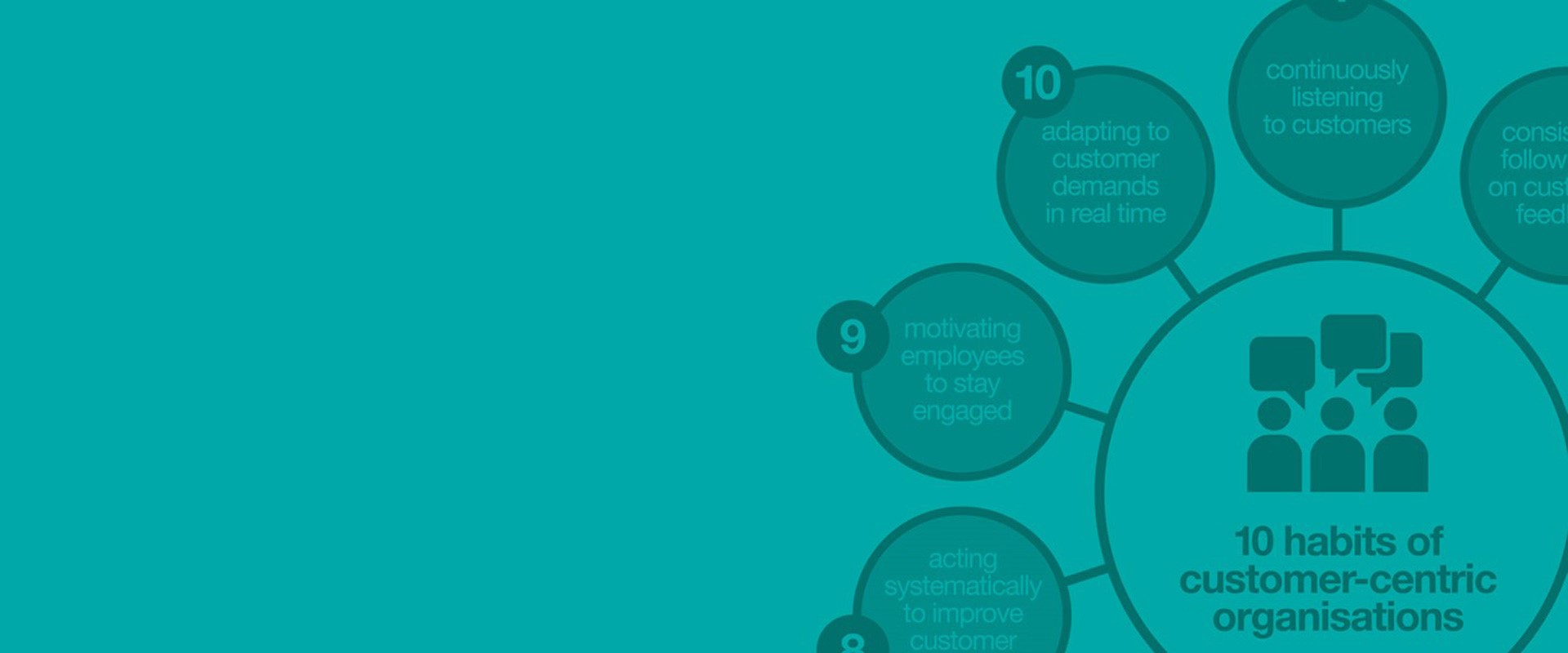Customer centricity is a way of doing business with your customers that provides a positive customer experience before and after the sale in order to drive repeat business, customer loyalty and profit.
A customer-centric company is more than a company that offers good service, it's about achieving a more end to end positive brand experience. You can have a positive customer experience that wasn’t a high quality interaction, and you can have a high quality interaction that doesn’t result in a positive customer experience.
Ultimately the acid test is your customers and you are only customer-centric when your customers, employees and your performance say so.
At bd2, as an agency looking from the outside in, we are often able to view a company’s silos, their strengths and weaknesses, with a clearer view than someone working internally.
The problem:
The most common reasons for poor customer experience are:
- Lack of a customer-centric vision
- Rigid policies designed to protect the business resulting in a business centric mentality over a customer centric one
- Unique customer needs not being listened to
- Company politics ruining and halting projects
- Indecision diluting objectives
- Inward thinking alienating the end user
Customer centricity is much more than just project delivery, even a successful project hitting all the original objectives it was designed to achieve, doesn’t necessarily equate to the biggest positive impact. Why, because most KPIs and objectives are business centric, not customer centric.
Why now?
When did customer centricity suddenly become so important and why is everyone now talking about it?
Over the last 30 years, consumers have gone from simply accepting broken, mass produced, expensive goods, to demanding fault free, personalised, cheaper and available products. In turn, companies must respond to these changing customer expectations.
How?
Customer centricity can create a positive experience to achieve differentiation now that so many products and services are such commodities.
What are the challenges?
Combining customer centricity with commerciality needs to find the right balance between business objectives and customer needs. No single department can successfully create customer centricity. No single department has the responsibility or influence to create the perfect, end to end customer experience. A company can only meet this rise in customer expectation if the individual departments, with their individual objectives, can learn to play as a team, and that is the challenge.
This isn't easy because companies aren’t used to a centralised effort, because until now, it’s been the responsibility and objective of a single department to create that differentiation. Typically, there is a project or an issue, the team come up with an objective, and create a list of actions to kick start a turnaround plan. Is there anyone in the meeting representing the end-to-end customer experience?
A truly customer-centric organisation must give its employees a level of freedom to empathise and the control to be flexible in the service they are able to deliver.
Where do we start?
Customer centricity must be driven from the top. Unless this customer-centric approach starts at leadership level, then company silos will just continue to work on what’s important to them, which is fine, but differentiation requires a single team.
All employees need to know the implications and be engaged: From management level to the front line, all employees should know the true meaning of customer centricity and think 'customer first' at all times. They should never put themselves before the business and think twice before putting the business process before the customer.
Do employees feel empowered to give the customer a voice? Can they say to mangers ‘that’s not good enough’? As if they were a real customer? Most below par experiences or service levels are a result of inflexible internal systems, which are often set in stone.
Don’t just measure, listen: It’s obviously massively important to measure performance, web stats and visitor information. However, they are business insights, not customer insights. Numbers on a spreadsheet always lack context and without a truly qualitative understanding, these numbers are useless. So you need to collect and analyse feedback to drive continuous improvement. Equally as important as collecting customer feedback is having a clear process to analyse the data to create actionable improvement. Analysis of your data can help you identify your experience principles. Create a systematic process to allow you to uncover value from your feedback. As you identify actionable insights, create experience principles to help build a road map of ideas, solutions and updates you want to make to your service.
Overall, moving towards customer centricity, is about changing a culture, not delivering a project. It’s unraveling years of thinking, it’s new territory where data needs to be combined with experiences and conversations. It’s learning more about the customer, forgetting about segmentation and thinking as a team.
Some statistics to motivate you:
- Loyal customers are 5 times as likely to repurchase, 5 times as likely to forgive, 7 times as likely to try a new offering, and 4 times as likely to refer your business
- Customer-centric companies are 60% more profitable compared to companies that are not focused on the customer
- Acquiring new customers can cost up to 5 times more than keeping existing customers
- A 2% increase in customer retention has the same effect on profits as cutting costs by 10%
Adapting to put the customer at the heart of the business requires change.
There is full feature on customer centricity in issue 16 of our bd2 news publication 'brief distraction', to request a copy please contact Vicky@bd2.co.uk

